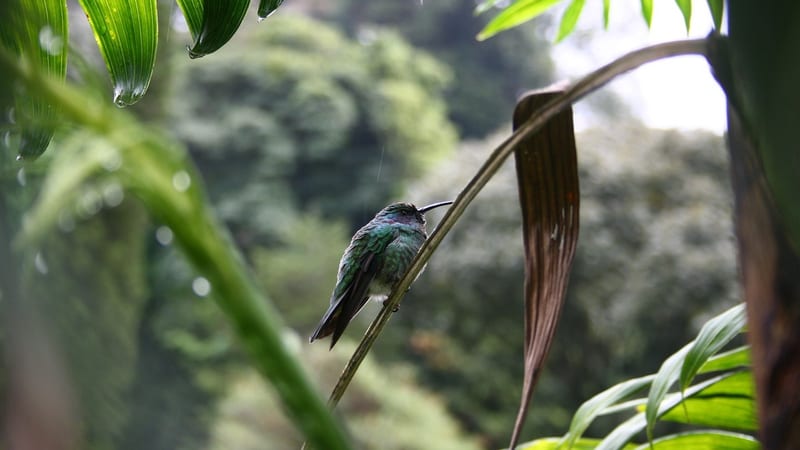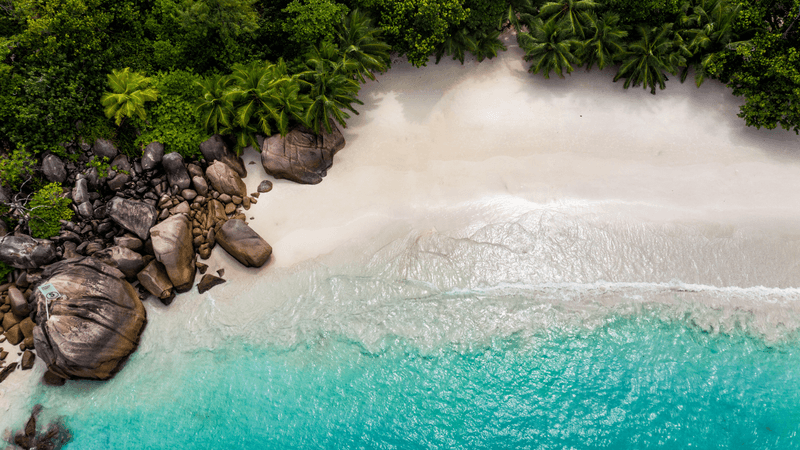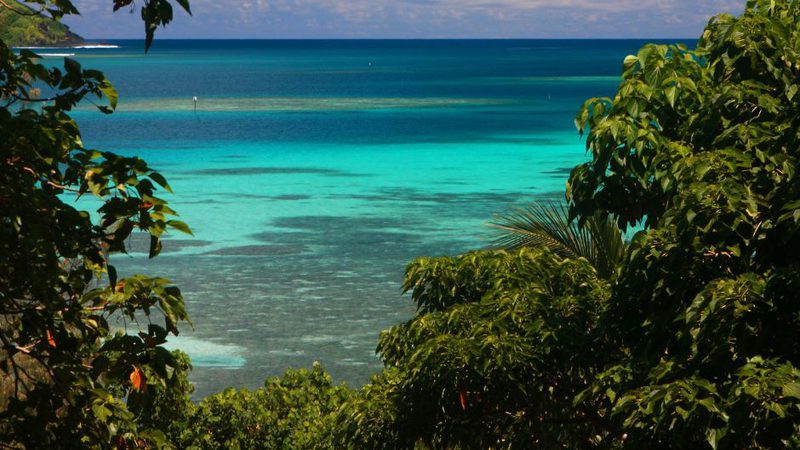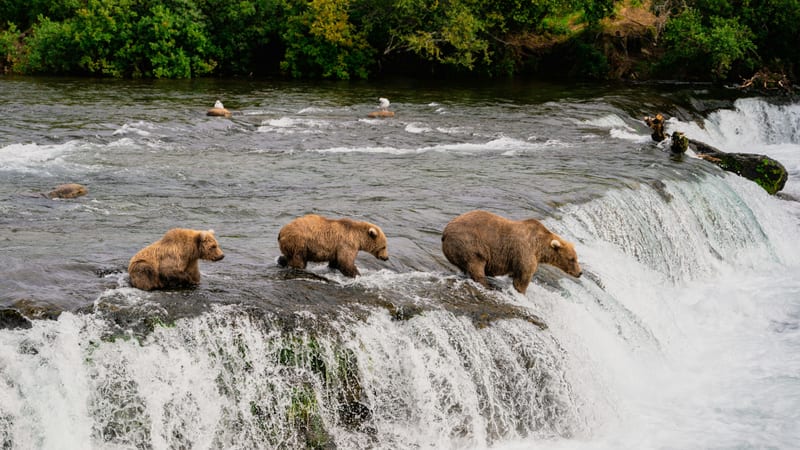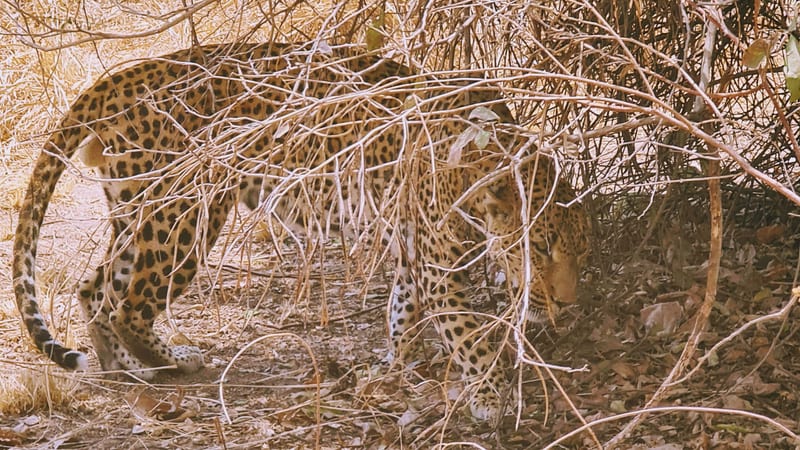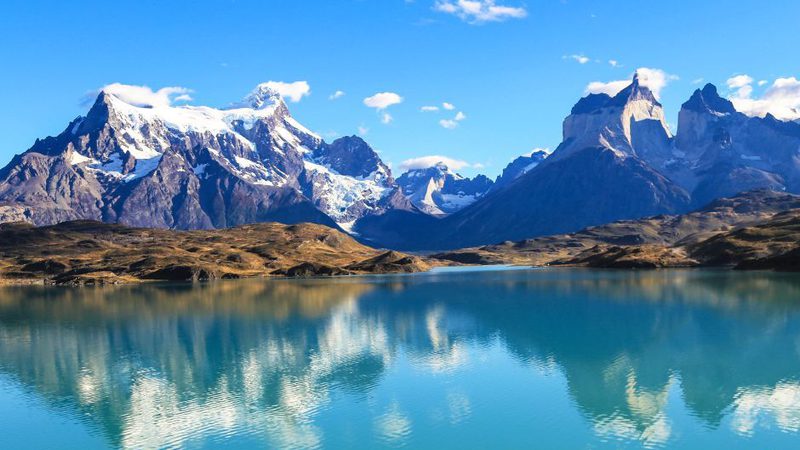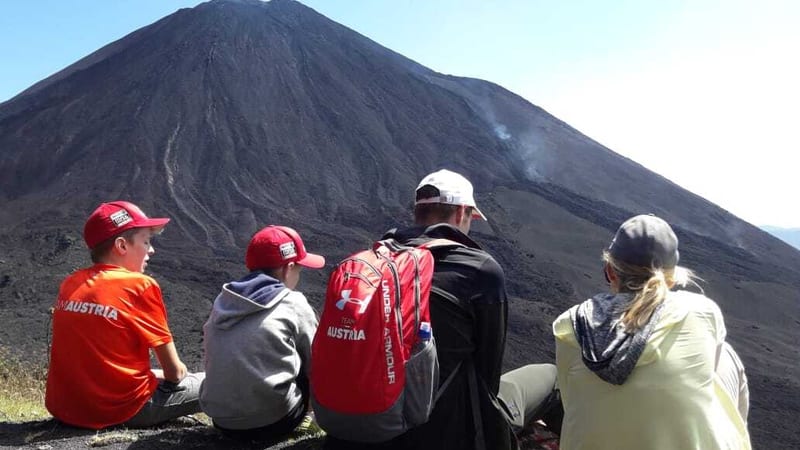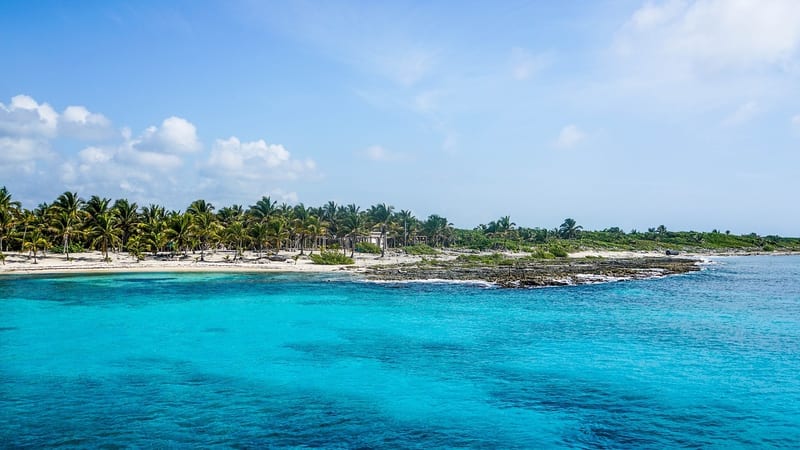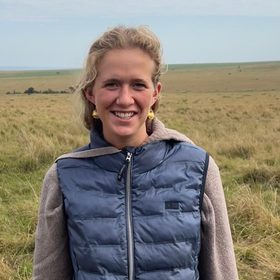A basic and simple camp, but isn’t that was nature is all about?
Location: Mdonya Old River Camp lies in the heart of Ruaha National Park, Tanzania's second-largest and one of its wildest safari destination. Tucked beneath towering sycamore figs and acacia trees along the banks of dry Mdonya sand riverbed - and just a few kilometres from the seasonal Mdonya Falls - it offers guests uninterrupted views of wildlife passing through. It's about a 1-2 hour game drive from Msembe Airstrip, and its remote location ensures true immersion in Ruaha's diverse ecosystems, with minimal crowds.
Rooms: The camp consists of 12 traditional Meru-style safari tents, each spaciously spaced along the riverbank for privacy. Tents can be configured as doubles, twins, or with an additional tent zipped onto the veranda for families. Inside, you'll find ensuite facilities with solar-heated open-roof showers, flushing loos, writing desks, lockable chests, and shaded verandas where wildlife often appears just metres away.
Amenities: Public spaces include open-sided dining and lounge tents located under shade trees overlooking the riverbed. Guests gather around a large outdoor fire pit for sundowners, and dining is under candlelit or kerosene lanterns. There's a small library, gift shop, and charging stations powered by solar or generator. While there's no Wi-Fi or air conditioning, the rustic ambience is part of the appeal - and guest comfort is thoughtfully balanced with authenticity.
Activities: Mdonya Old River Camp serves as a base for twice-daily game drives through Ruaha's mosaic of habitats - river pools, woodland, grassland and baobab valleys - with chances to see elephant, buffalo, cheetah, wild dog and more. Guided walking safaris, bush breakfasts, sundowners and picnics under the African sky add variety and intimacy to the experience. Wildlife often wanders into the camp, creating magical, spontaneous encounters.
Sustainability: Sustainability lies at the core of the camp's ethos. Solar power heats water and provides energy; candles and lanterns light the camp after dark; rechargeable batteries are used to minimise waste. Food ingredients are sourced from local community initiatives - such as Iringa women's projects for jams and cheese - and wood for cooking comes from fallen trees harvested sustainably. The camp supports the Ruaha Conservation Fund and offsets vehicle emissions via contributions to carbon-sequestration programmes in Tanzania.
Best places to stay in Ruaha Safaris
Ruaha Safaris Trip Inspiration
When to visit Tanzania
Find out the best time to visit Tanzania with our month by month guide.
- Best
- Good
- Mixed
- Jan
- Feb
- Mar
- Apr
- May
- Jun
- Jul
- Aug
- Sep
- Oct
- Nov
- Dec
January
January is mixed when it comes to weather, temperatures rise whilst the chance of rain and humidity increases. It is still a good time to go, as the rates are lower yet the game viewing is still excellent.
- During this time migratory herds are in the Serengeti for calving season, meaning the Ndutu plains are busy.
February
The weather remains hot with a chance of rain in February.
- Meanwhile in the Ndutu Plains the migration is still occurring.
March
March is the calm before the storm, before heavy rains and humidity builds. Visitors can take great advantage of lower rates during the low season.
- Migrating herds start to leave Ndutu, heading West towards Grumeti.
April
April experiences continued periods of heavy rain, we would advise against travel due to the conditions.
May
During may there is periods of heavy rain, we would advise against travel due to the conditions.
June
June heralds the wet season, bringing lush green vegetation which can make spotting game more difficult. It is a particularly great time for birders as parks become populated by migratory birds especially in the South.
- Migration is still in the Grumeti area, heading north.
July
July is the start of peak season, temperatures reach up to 30 degrees and the surrounding land becomes drier and spotting game is becoming easier.
- The migration is in the Northern Serengeti moving towards Kenya.
August
August is peak season, with bush land drying out game spotting becomes much easier. If you want to experience Tanzania game at its best, August is the time to travel.
- The migration still remains in the north.
September
Peak season continues in September, the Northern circuit can be very busy, if you want to avoid crowds it's best to visit the southern parks.
- The end of the migration is still in the north with herds on both side of the Kenyan and Tanzanian borders.
October
Peak season continues into October with good game viewing in the Serengeti and southern parks.
- The migration has now crossed over into Kenya.
November
November is the start of the rainy season, the rains tend to be overnight so it is still a popular time to travel. During this month you can take advantage of low season rates.
- Migration crossing over into the Serengeti can be seen a the Tanzania and Kenya border.
December
Rains continue in December, whilst the temperature and humidity start to build. Venturing out on safari is generally good, with large game still easily spotted.
- Migrating herds in the north travel south back to Ndutu.
Speak to a Tanzania expert today
and start planning your tailor-made holiday

Alistair





